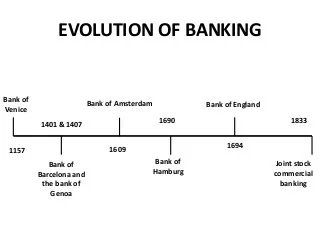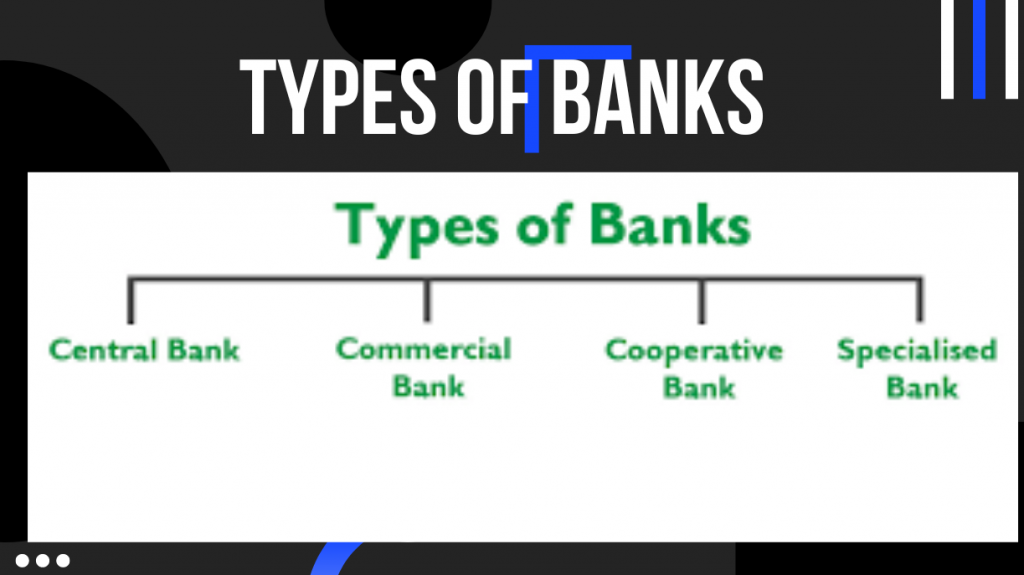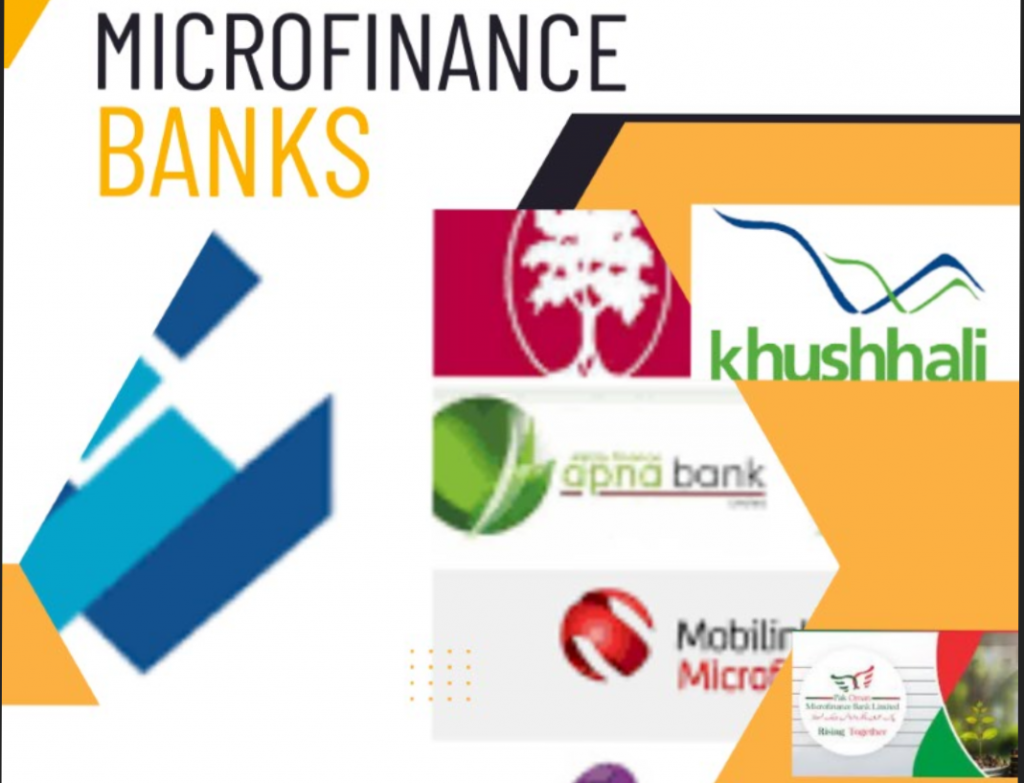The future of conventional banking is expected to undergo significant changes as technology continues to advance and customer preferences evolve. Conventional banking involves physical branches where customers can conduct various financial transactions and access banking services while now technology is changing all the conventional banking concepts which are not much significant.
Here are some potential trends and developments that could shape the future of conventional banking;
Digital Transformation:
Conventional banks are increasingly embracing digital technologies to streamline their operations, enhance customer experience, and improve efficiency. This includes offering digital banking services, such as online and mobile banking, to provide customers with convenient and accessible ways to manage their finances.
Enhanced Customer Experience:
Banks are investing in personalized and user-friendly interfaces to provide customers with a seamless and tailored banking experience. This includes implementing artificial intelligence (AI) and machine learning (ML) algorithms to analyze customer data and offer personalized recommendations, automated financial advice, and improved customer support.
Open Banking:
Open banking initiatives are being adopted in many countries, requiring banks to open up their data and application programming interfaces (APIs) to third-party developers. This allows customers to securely share their financial information with authorized third parties, such as fintech companies, to access innovative services and products. Open banking promotes competition, encourages collaboration, and empowers customers with more control over their financial data.
Fintech Collaboration:
Conventional banks are partnering with fintech startups and technology companies to leverage their expertise and innovation. This collaboration enables banks to adopt new technologies more quickly, enhance their product offerings, and tap into emerging markets and customer segments. Fintech partnerships can also help traditional banks improve their agility and adapt to changing customer demands.
Focus on Cybersecurity:
With the increasing prevalence of digital transactions, banks are placing greater emphasis on cybersecurity. Protecting customer data and preventing fraud are critical priorities. Banks are investing in advanced security measures, such as biometric authentication, encryption, and AI-powered fraud detection systems, to safeguard customer information and transactions.
Integration of Emerging Technologies:
Conventional banks are exploring the integration of emerging technologies, such as blockchain, Internet of Things (IoT), and big data analytics, to enhance their operations and create new business opportunities. Blockchain technology, for example, can enable secure and transparent transactions, while IoT devices can provide real-time financial data for improved risk assessment and personalized services.
Branch Transformation:
While digital channels are gaining prominence, physical branches are likely to evolve rather than disappear completely. Branches may focus more on advisory services, complex financial transactions, and customer support, while routine banking tasks are handled through digital channels. Smaller, technology-driven branches or pop-up branches could also become more common.
Regulatory Challenges:
As banking becomes more digital and interconnected, regulators will face the challenge of keeping pace with evolving technologies and ensuring consumer protection. Governments and regulatory bodies will need to strike a balance between fostering innovation and maintaining stability in the banking sector.
Overall, the future of conventional banking is expected to be increasingly digital, customer-centric, and collaborative. Banks will need to embrace technology, adapt their business models, and prioritize customer experience to stay competitive in the evolving financial landscape.

The writer is having vast experience in Banking and Finance sector for over one and half decade, where during his period of work he has experienced different economic and development initiatives taken for the wellbeing of the public masses through the banking channel.
He has worked for the Microfinance banks which are offering community based services among the under developed segment of the society.
The major work done in Financial Inclusion where several hundreds of people were brought to Banking channel to improve their businesses.
The under served segment of society like woman were given the chances to change their lives through credit facilities to grow their home based businesses which is also an imitative of Women Empowerment.
The Writer has also worked against different social issues and highlighting them for positive change in the society through public awareness and their active involvement to reach to the solution.
This journey of empowering people is on going and is never lasting till the time last person remains underserved.







